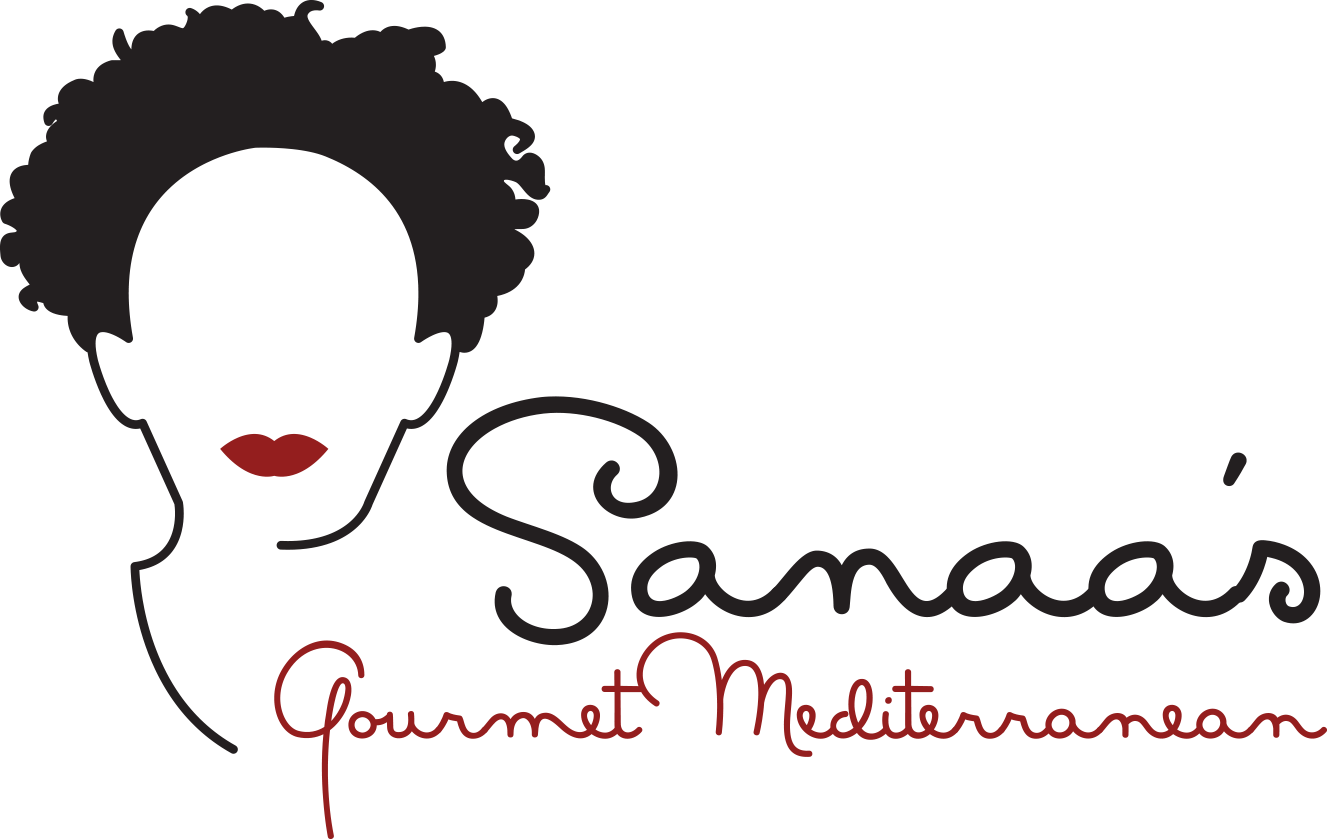Egg Coloring and The History of Beet
When my daughter and I were debating coloring Easter eggs, I was reminded of how my aunt in Syria used to color wheat stalks when she wove baskets. She used beet juice, which had the most brilliant red color I’ve ever seen. I used to watch her boil the beets, then squeeze the juice out of them. She also used a dark green leafy vegetable for green color, and she took blue ink out of my grandfather’s inkwell, mix it with water, and use it to color the wheat stalks blue.In Italy, various vegetable colors are used to color pasta—spinach for green, tomatoes for red, and even octopus ink for black pasta.But all such colors are available in the stores here in America so there’s no need to use vegetables or other natural products with which to color eggs. I think that’s unfortunate, because I would suppose that using natural colors would be of some interest to children during Easter time.Research tells us that beets originally came from plants in the Mediterranean and the Red Sea. The first mention of these sea plants appeared in an Assyrian text describing their planting in the hanging gardens of Babylon around 800 B.C. Babylon. The ancient Greeks presented beets as one of their offerings to the sun god Apollo. The earliest Greek name for beets was “teutlon,” most likely because their foliage resembled squid tentacles. Roman writers noted a variety of different colors in the leaves of beets. Until the 3rd century, people concentrated on the leaves of beets and left the root alone. Then, the Romans began using the roots for medicinal purposes. They were used as a curative broth to treat fevers and other ailments. The first mention of using beet roots in cooking was in a cookbook in the fifth century A.D. written by Marcus Gavius Apicius, a Roman gourmet.One supposes that while boiling the entire beet plant so the leaves could be used, someone tasted the broth, which came mostly from the root. Accidents abound in history, and we can imagine that is how beet roots as food came about.One also imagines that the Romans took the beet plant to every corner of their empire, which resulted in the spread of beets throughout Europe, which were then referred to as, “Roman beets.” While Europeans used the root during the Middle Ages, the leaf, called “selg,” or “silq,” began being used in the Middle East in dishes that featured the leaves cooked in various ways. There are dishes in Lebanon and Syria that still use either beet leaves or swiss chard, a relative,--mixed with black-eyed peas or bulgur wheat-- and which are called, “silq.”The beet fell into obscurity for a time in the Middle Ages until an Italian physician and gourmand, Bartolomeo Sacchi, wrote a book entitled, “On Right Pleasure and Good Health.” It was the first modern Italian diet and cookbook. He described using the leaves of the beet for sauce, and the root for sweetening one’s breath after eating garlic. From that time onward, agronomists began experimenting with beet roots to improve the variety. German gardeners were credited with developing beets which are the closest to their present form. From Germany, the use of beets in cooking spread to Poland, Russia and the Baltic countries. Borscht soup is famous for the use of beets.A Russian chemist, Andreas Marggraf, discovered that crystals from syrup extracted from Silesian beets were identical to crystals obtained from sugar cane. But the German were the first to plant and process beet specifically to produce sugar. From there, sugar beets were developed, replacing sugar cane which grew only in the tropics. Sugar beet cultivation started in the America in the 1830s, when German and French immigrants arrived bringing the necessary technology with them.In the Levant (Lebanon, Syria and Jordan), pickled white turnips and cabbage are turned pink with the addition of a partial beet root in the jar. Here couple recipes for turnips that I hope you will try and enjoy.Beet SpreadServes 4Two beets, boiled and gratedTwo tablespoons tahini*Two cloves garlic, mashedOne fourth cup lemon juiceSalt to taste-In a chilled salad bowl, whisk tahini, garlic, yogurt, lemon juice and salt.-Fold the grated beets and adjust the seasonings. If the mixture is too thick add a little water or lemon juice. *Tahini is pureed sesame seeds. Tahini is available in most grocery stores.Cabbage and Beet SaladServes 4One pound beet, boiled and peeledTwo cups shredded white cabbageOne cup chopped white part of the fennelFour tablespoons olive oilThree tablespoons lemon juiceOne cloves garlic, mashedOne fourth tablespoon crushed anise seedsSalt to taste-Slice the beets into thin round.-In a large salad bowl, toss cabbage and fennels. Add the sliced beets.-Whisk olive oil with lemon juice, garlic, anise and salt. -Pour the dressing over the vegetables and toss gently.
